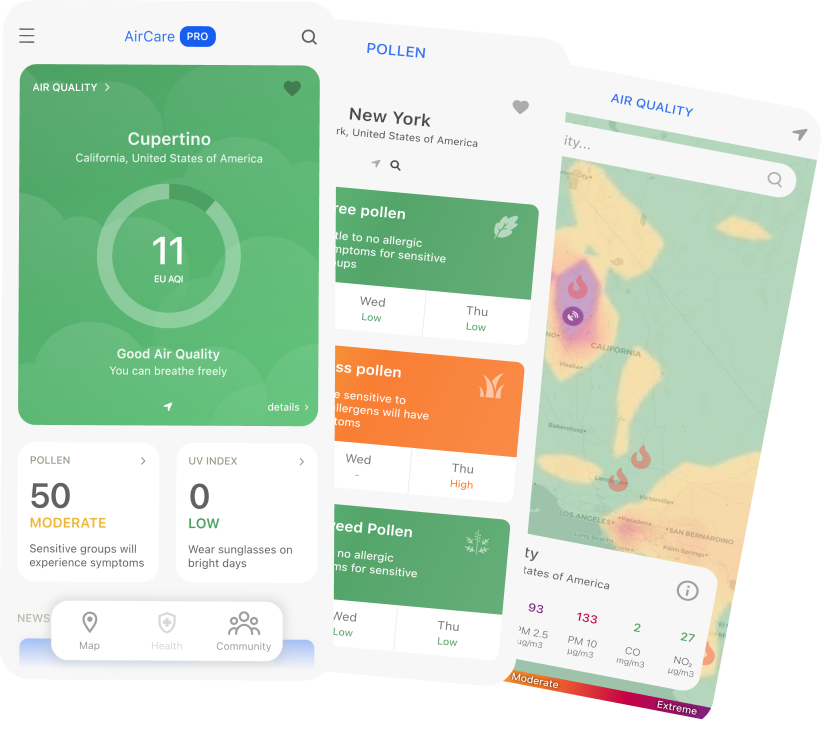Maintaining good air quality in schools is crucial for the health and well-being of students and staff.
In this article, we will discuss why it is important to monitor air pollution in schools, explore the reasons air quality can be poor within school environments, and highlight how schools can utilize air quality data to create a healthier learning environment.

Importance of Monitoring Air Pollution in Schools
Ensuring clean and healthy air within schools has a direct impact on the overall well-being and academic performance of students.
Poor indoor air quality can lead to various health issues, including respiratory problems, allergies, asthma, and even impaired cognitive function. By monitoring air pollution levels, schools can identify potential risks, take proactive measures, and provide a safe and conducive learning environment for students and staff.
Reasons for Poor Air Quality in Schools
Several factors contribute to the pollution of air quality within school premises. These include:
- Outdoor Pollution: Proximity to busy roads, industrial areas, or construction sites can expose schools to high levels of outdoor pollutants such as particulate matter (PM), and nitrogen dioxide (NO2).
- Indoor Sources: Indoor air pollutants can arise from sources such as furniture and cleaning products. Inadequate ventilation, including poor HVAC systems, can trap these pollutants indoors, leading to a buildup of contaminants.
- Human Activities: Increased occupancy, improper cleaning practices, and the use of certain products (e.g., art supplies, aerosol sprays) can release pollutants into the air. Activities like cooking in school kitchens without proper ventilation can also contribute to poor indoor air quality.
Utilizing Air Quality Data in Schools
Monitoring air quality in schools is only the first step; utilizing the data obtained can help schools take appropriate actions. Here are some ways schools can utilize air quality data effectively:
- Implementing Mitigation Strategies: Air quality data enables schools to identify the sources of pollutants and take necessary steps to mitigate them. For example, improving ventilation systems, using air purifiers, and implementing green cleaning practices can significantly enhance indoor air quality.
- Educational Opportunities: Air quality monitoring can serve as an educational tool, raising awareness among students, teachers, and staff about the importance of clean air and its impact on health. It can facilitate discussions on sustainable practices and encourage behavioral changes to reduce pollution sources.
- Collaborative Efforts: Sharing air quality data with relevant stakeholders, such as parents, local health departments, and environmental organizations, can foster collaboration and advocacy for healthier school environments. It can also help schools access additional resources and expertise to address air quality concerns effectively.
Final Thoughts
By monitoring air pollution levels, schools can proactively identify and address indoor air quality issues. Utilizing air quality data enables schools to implement targeted mitigation strategies, raise awareness among students and staff, and foster collaboration with external stakeholders.
Ultimately, prioritizing air quality in schools creates a healthier and more conducive learning environment, promoting the overall well-being and academic success of students.
By taking the necessary steps to monitor and improve air quality in schools, we can ensure that future generations are provided with the clean and safe environments they need to thrive.
Do you want to know the quality of the air you breathe? Download AirCare – our free mobile app that tracks air pollution from your pocket, and check out the AirCare blog!





